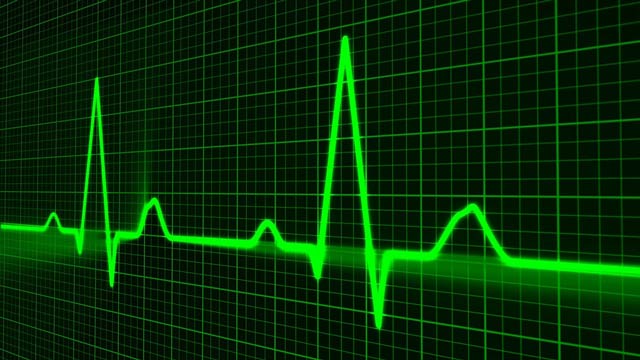
We tend to think about our healthcare sector as a leader in the development and use of advanced medical technology and biotechnology, such as expensive imaging machines or devices that we implant into patients.
But in many aspects of conducting the business of healthcare, our healthcare system is still in a pre-digital era. For example, healthcare may be the last sector where significant amounts of communication are still done via fax and regular post.
This is not to say that significant changes are not happening. Radiology is increasingly using digital technology but the interpretation of these images is still manual. Electronic health and medical records are also being introduced widely, but there is little communication between collectors.
The digital revolution in healthcare that is currently slowly unfolding will use data and technology to improve the healthcare of patients. It will also increase safety and quality, and improve efficiency in the healthcare system.
One example of how technology can be used to deliver better healthcare is a recent trial by CSIRO and our partners that provided screening for eye diseases among people in remote parts of Western Australia and Queensland.
Using a satellite broadband service, we screened more than 1 200 people in their communities for diseases such as diabetic retinopathy. This disease often causes irreversible blindness, and it affects Australia’s indigenous population at nearly four times the rate of the non-indigenous population.
Local health workers were trained at capturing high-resolution images of a patient’s retina with a low-cost retinal camera. These images were stored then uploaded over satellite to ophthalmologists in Brisbane and Perth.
The screening programme identified 68 patients who were at high risk of going blind, including those with macular edema. In the most case these patients received treatment locally. However%




